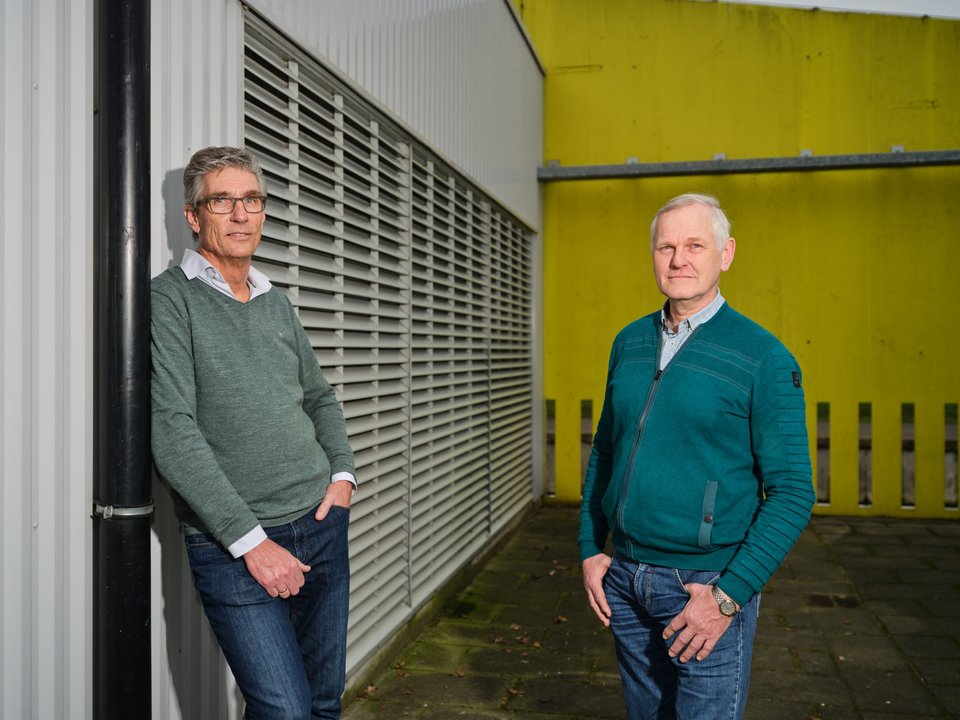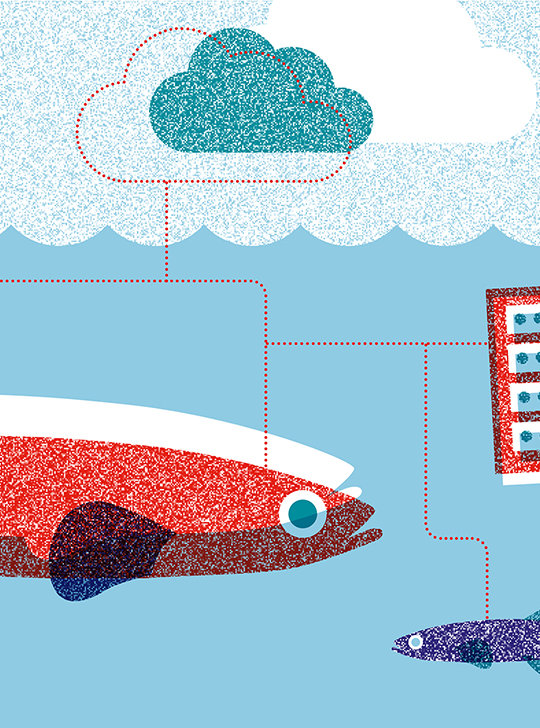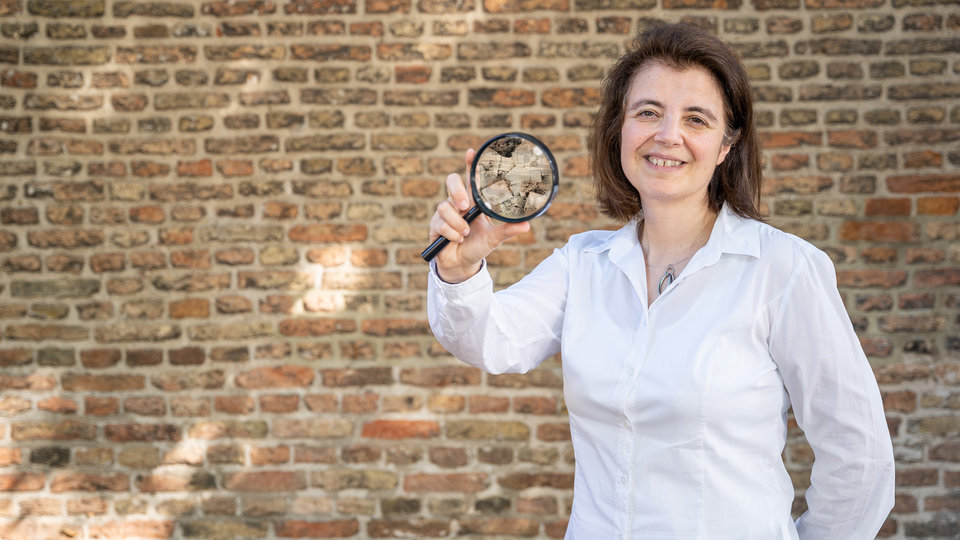Worldwide, a lot of money is spent every year on the development of new cancer medications. According to Kateřina Staňková, it is new tactics we need, rather than new treatments. Enter the field of mathematical oncology, where mathematics and modelling are used to improve patient outcomes.
Administering the established maximum tolerable dose (MTD) of chemo- or immunotherapy is the standard treatment for patients with advanced cancer. But is it the only, or even the best option? “With MTD, cancer cells that respond to that particular treatment are destroyed, but the ones that don’t respond, survive”, says Dr Kateřina Staňková, Associate Professor at the department of Engineering Systems and Services. It leads to cycles of treatment that often have to be interrupted when side effects become too severe, and started up again when the cancer returns or progresses. “A lot of money is being invested in the development of new ‘silver-bullet’ treatments, but we still see patients developing resistance after a few months. What if the main problem is not the treatment they are having, but the lack of strategy behind its administration?”
Evolutionary games
As expert in game theory, Staňková knows all about strategy. Game theory, also called the science of strategy, is a mathematical tool to model and analyse interactions where interacting parties – the players – influence each other’s outcomes. “Classical game theory was developed within economics. It assumes that players are rational decisionmakers, who are after the best strategy to attain their desired outcome. Then there is evolutionary game theory, where players rather inherit than choose their strategies, driven by natural selection”, she explains. Cancer too, can be described in terms of an evolutionary game. “Cancer cells don’t rationally decide to become more resistant to treatment, the resistance is often caused by random mutations. But those adaptations which help the evolutionary system to proliferate and survive, will prevail”, she says.
In cancer treatment however, there is another player involved: the physician, who is a rational decisionmaker. Staňková is particularly interested in this combination. “In my work, I investigate the interplay between human, rational players and evolutionary players, forming evolving systems.” She models such processes as so-called Stackelberg Evolutionary Games (SEG), games between a rational leader and evolving followers. “In the case of cancer, I want to use these mathematical models to come up with treatment strategies that will benefit individual patients. Every patient’s cancer may respond differently to treatment and may need different interventions along the way.” These could be gradually decreased doses, or strategically chosen pauses between treatments, for instance. “You don’t want to reach the point of too much toxicity. You also want to avoid destroying all the tumour cells that are sensitive to treatment. These novel strategies can help keep drug-resistant cells in check, as they compete with drug-sensitive cells for limited resources.”
I want to come up with strategies that will benefit individual patients
Kateřina Staňková
The approach has already proven successful. Staňková collaborates with the Center of Excellence for Evolutionary Therapy at Moffitt Cancer Centre in Tampa, Florida, a frontrunner in the field of evolutionary therapy. Here, the first ever clinical trials were held with an evolutionary cancer therapy for prostate cancer. “Based on the models my colleagues and I developed, a simple protocol was devised where tumours were kept under control by giving treatment until a certain biomarker indicating overall tumour burden was reduced by fifty percent, and the treatment was discontinued until the tumour burden regained its initial size, when this strategy was repeated. As we had predicted, this happened for different patients in a different timeframe, creating patient-specific cycles on- and off- treatment. Similar models and protocols are now starting to be used worldwide.”
In her latest project, for which she received a Vidi grant worth 800,000 euros, Staňková is looking for a strategy to overcome treatment-induced therapy resistance in patients with advanced non-small cell lung cancer, within a clinical trial at the Erasmus Medical Centre. “It is a complicated challenge, as this type of cancer occurs in many different genetic variants. Because of this heterogeneity, resistance also arises in many ways and very fast”, she says. “First, we need to find out if we can still apply our evolutionary game theory models to understand what is going on. Once we can predict how the disease is developing in patients under standard of care, we can suggest ways of reaching better outcomes with respect to different treatment objectives.”
“As with any game theoretical problem, the first question the physician should ask is: what is the treatment goal?” Staňková continues. “For many years, the focus has been on the cure of cancer. But what if that is not realistic because of metastases, or what if the risk of severe treatment-harm when attempting curative treatment is too high? Another goal could be to give patients the highest possible quality of life for the longest possible time.”
The definition of quality of life, however, is something that varies from patient to patient; another thing she learned thanks to interaction with patients and clinical trials she has been involved in. “For some, it is living long enough to see their grandchildren to be born; others want to be able to engage in favourite pastimes like sailing during non-treatment periods. Still others want as aggressive treatment as possible, even if the chances of a cure are low. You can formulate all of this mathematically in your optimization models and come up with options for different treatment protocols for every patient.”
For decades, the focus has been on silver-bullet solutions alone. New tactics are needed, and for these we have to join forces.
Kateřina Staňková
Ideally, every patient should receive individual treatment based on their personal response, as well as their preferences, Staňková feels. “It would mean a move towards patient-centred treatment, away from current practice, where physicians often still decide what is best for their patients. For decades, the focus has been on silver-bullet solutions alone. New tactics are needed, and for these we have to join forces.” This is already put into practice by the evolutionary tumour board at the Moffitt Cancer Centre. “At Moffitt, a team of oncologists, biologists, mathematicians, computer scientists and so on, look at complex cases from a systems perspective. They analyse the patient’s disease from all possible angles, and design a treatment suited to the individual.”
It was the systems approach to the research that attracted Staňková to join TU Delft’s faculty of Technology, Policy and Management (TPM) in 2021. Together with Samantha Copeland, Irene Grossmann and Saba Hinrichs-Krapels, she set up the Institute for Health Systems Science, specifically to apply a systems thinking perspective to the complex challenges in the healthcare domain, such as cancer treatment. “Cancer as a disease is an evolutionary microsystem inside the human body. Zooming out to the meso-level of analysis, you find the doctors, patients, insurance companies and so on, and their values and decisions. Above that, you are at the level of the Dutch health care system and also the subject of health economics”, she says.
“What adjustments would be needed at all these levels if we would want to treat all cancer patients with this evolutionary approach? Adopting it as a standard of care would mean great changes to the current system. For example, spacing out treatment would on the one hand save on expensive drugs. On the other hand, it would mean more patient check-ups and the staff to carry them out.”
Zooming out even further, evolutionary games can be used for tackling challenges in many fields. One example is the research on fisheries management Staňková was recently involved in. “Over time, fish will react by adjusting an evolutionary trait, like size, in response to the pressure that is put on the system by overfishing.” In this particular study, limiting catches or increasing the size of gaps in fishing nets were shown to be management strategies that would support the best yields in the long run. “Whether it is, fisheries management, pest control, bacterial resistance or cancer treatment, I conceptualise mathematically what the properties are that allow us to contain, eradicate, or as the case may be, protect the evolving system.”
Strategy of extinction
Back in healthcare, if we can keep cancer under control for longer with the help of evolutionary therapy, this will result in patients dying of other causes. Their cancer may even become chronic, like other incurable diseases such as diabetes. Counterintuitively, this could even open up new avenues for cure in the long run. “Perhaps in the future we can apply another strategy of rational leaders against evolving systems: extinction. As a species, we are unfortunately very adept at the extinction of other species. We achieve that by applying selective pressure on them for a period of time, until an catastrophic event, e.g. an earthquake, takes care of the rest”, Staňková explains. “The idea is that with cancer, we could employ similar tactics, but for a good purpose. Instead of waiting for the response to treatment to wane, we could take drastic action at the moment of response, in order to get the evolving system under its extinction threshold. But until we know much more about how the disease responds to our actions, such a course of action is still too risky.”

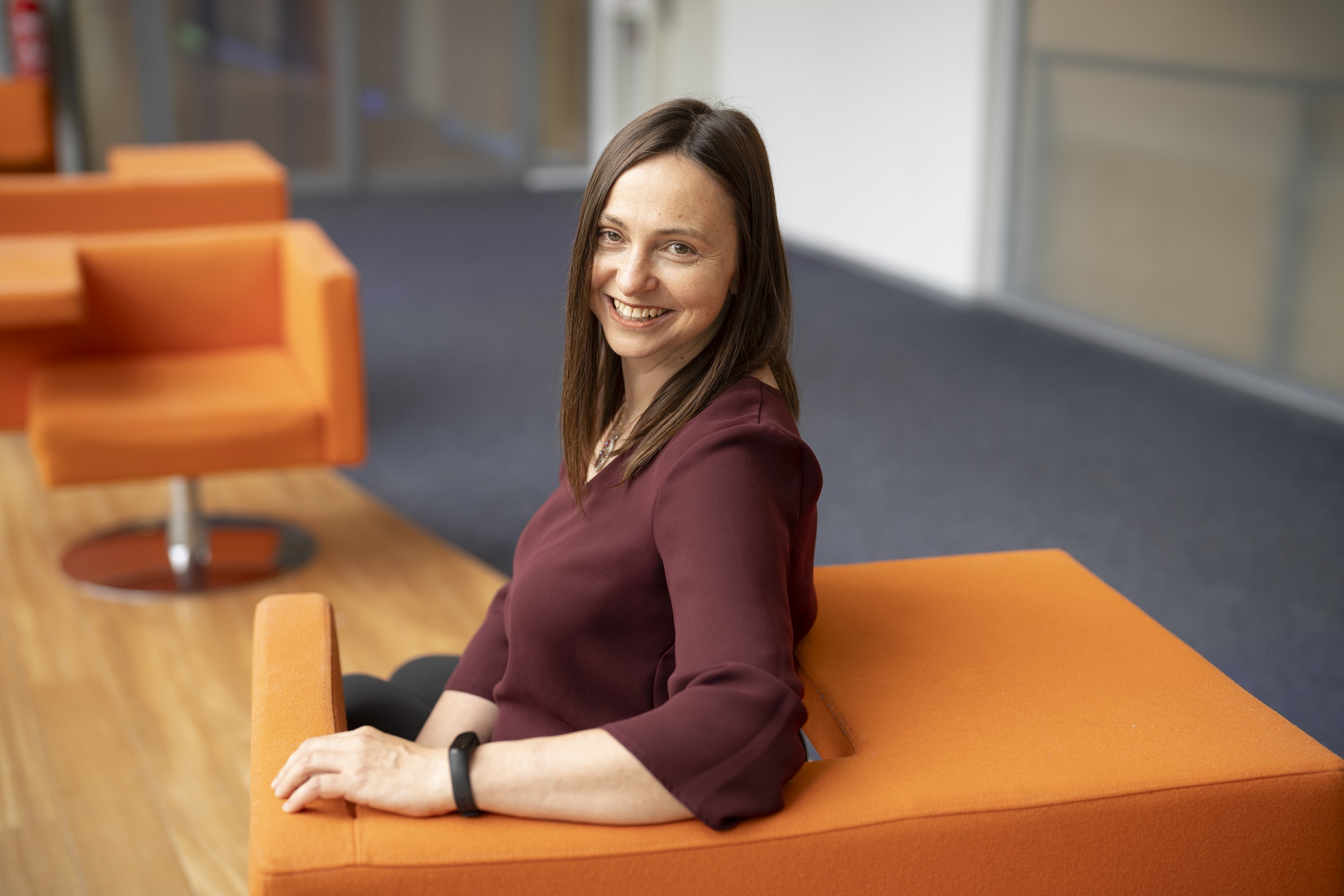
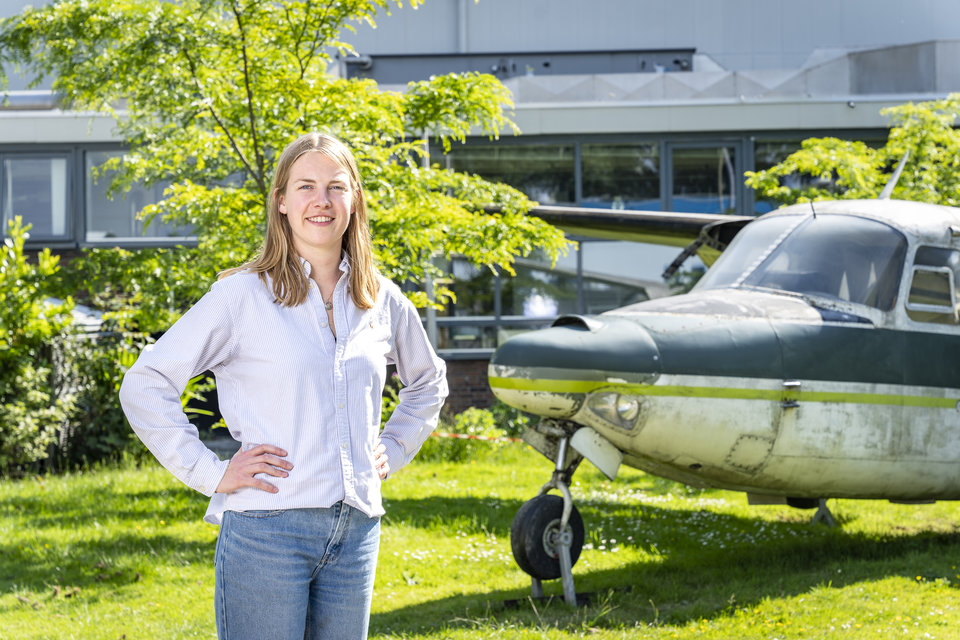




![[Translate to English:] [Translate to English:]](https://filelist.tudelft.nl/_processed_/0/b/csm_Header%20afbeelding%20InDetail%20-%20Stefan%20Buijsman%20-%202_01_8b72583971.jpg)



